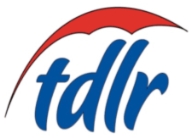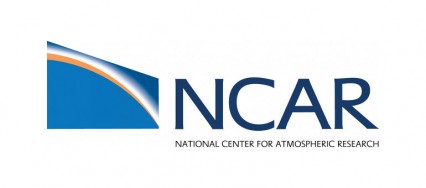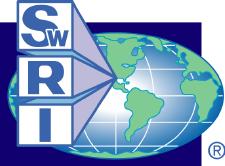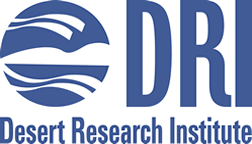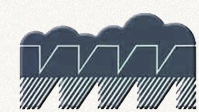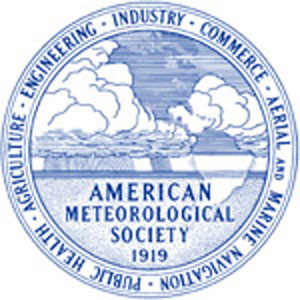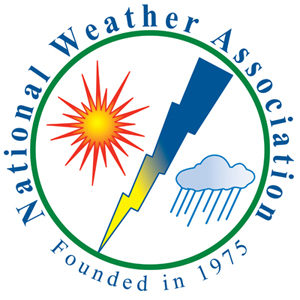| HOME |
About Us |
Analysis |
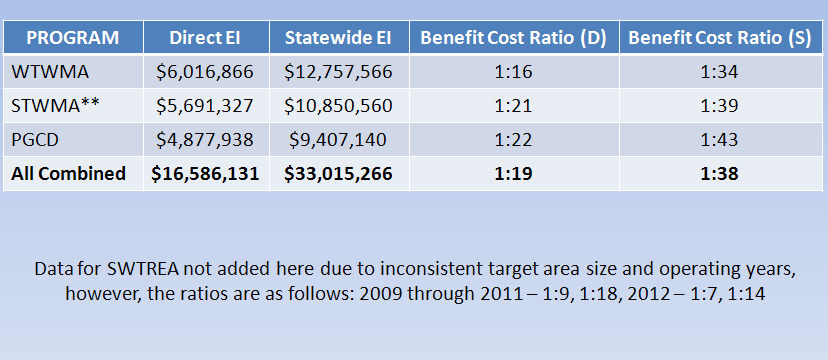 |
The
Texas Weather Modification Association in cooperation with the Texas A&M
Agrilife Extension Center in Stephenville, TX produced a benefit cost
analysis assuming 1 additional inch of precipitation during the
convective season. The analysis showed that for every $1 put into a
weather modification program, the return of investment, directly, is
roughly $19 with a statewide impact upwards to $38. The analysis was
based on benefits from reducing the need to irrigate as well as
increases in dry land crops and grazing lands. The additional benefits
not included in this report are the direct returns on river, lake and
reservoir increases as well as enhanced aquifer recharge. The TWMA
programs, on average, produce over an inch of additional water,
therefore this benefit-cost analysis is certainly on the conservative
side. Click on the image to the left for the full report. |
Hygroscopic seeding in Texas has
been done in the past, but has more recently become
an operational tool to meteorologists across the
state. To further understand how this type of
seeding could impact clouds in Texas, a cloud
climatology had to be developed across the four
major weather modification programs across the state
of Texas. Data such as cloud base heights, cloud
base temperatures and warm cloud depths were
collected over a 10 year span. This data was
organized for each program, each year and
categorized in different varieties in an attempt to
understand the characteristics of clouds,
geographically, yearly seasonally and monthly. This
research project is nearly complete in hopes to
having a final paper ready by mid-Spring.
|
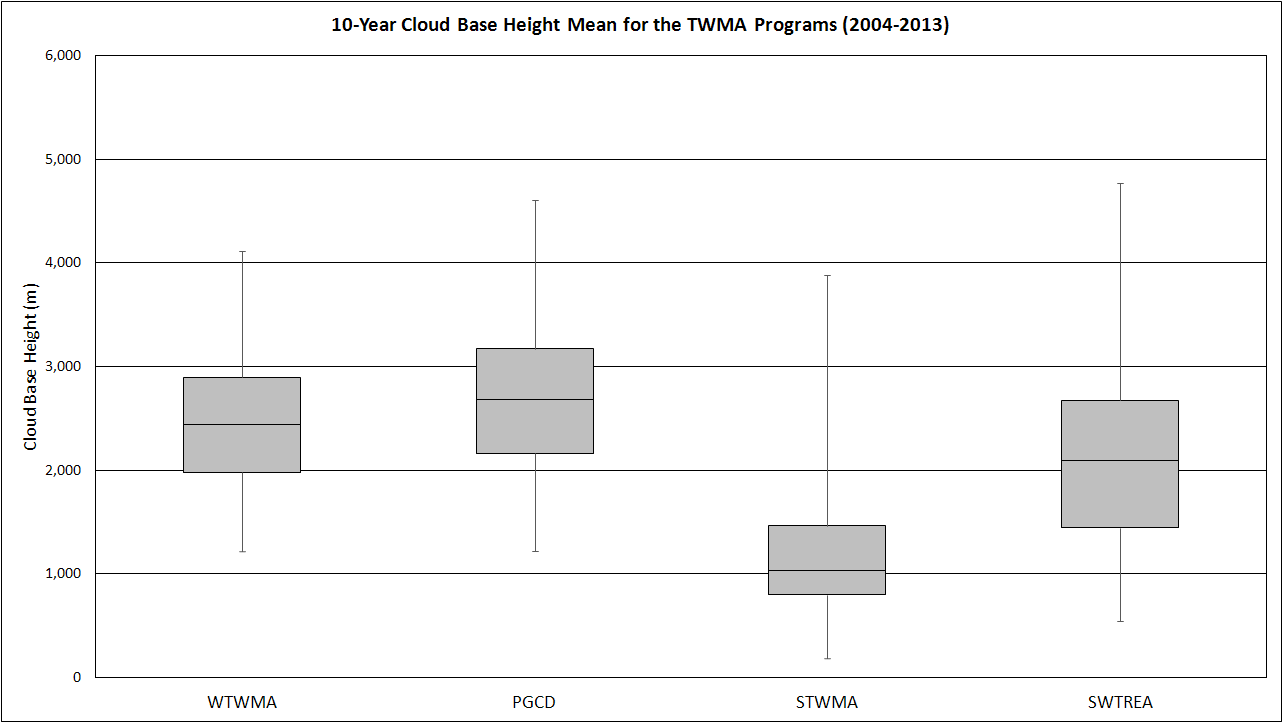 |
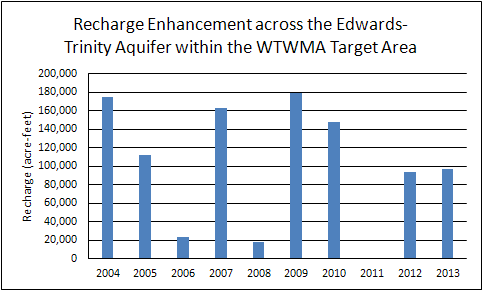 |
Using an equation developed by Green and
Bertettie (2012) of the Southwest Research
Institute, recharge over long periods of time can be
found across a karst aquifer in a semi-arid
environment. These characteristics are what is
needed to find recharge of the Edwards Trinity
Aquifer across West Texas. Using the data analysis
from Ruiz (2004-2013), recharge enhancement from
weather modification can be found across the WTWMA
target area based out of San Angelo. The findings
showed an additional 100,000 a-f of additional
recharge every year assuming precipitation surpasses
16.5".
|
| |
|
FAQ |
Research |
Links |
Photo
Gallery |
